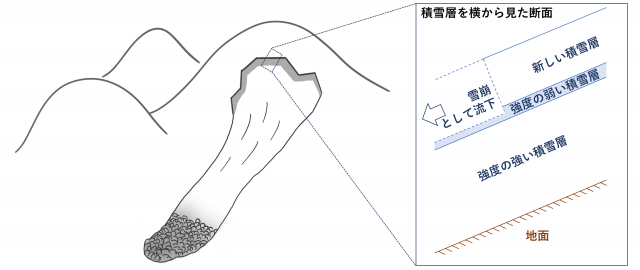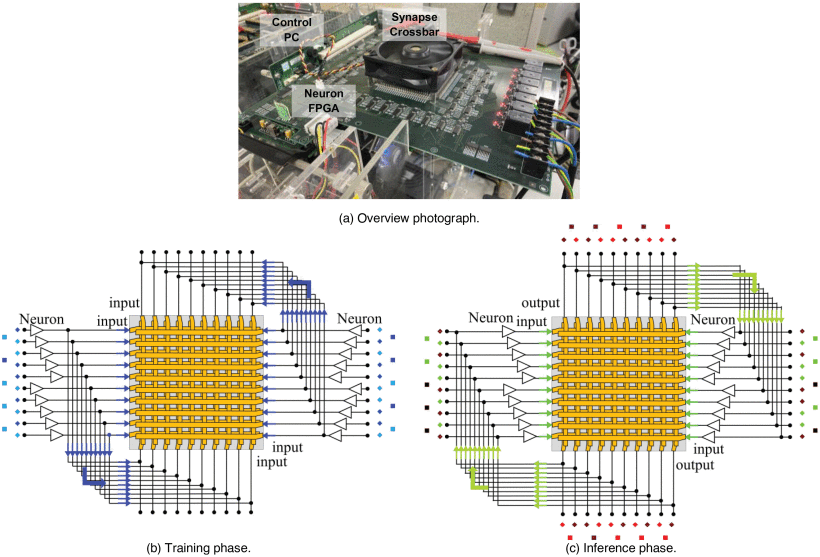EPFLの科学者たちは、量子オプトメカニカルシステムのスケーリングの課題を克服し、超伝導回路オプトメカニカルグラフェン格子を世界で初めて実現しました。 Scientists at EPFL have overcome the scaling challenges of quantum optomechanical systems and realized the first superconducting circuit optomechanical graphene lattice.
2022-12-26 スイス連邦工科大学ローザンヌ校(EPFL)
特に、キャビティ・オプトメカニクスがその触媒となっている。この分野では、メゾスコピックな力学的物体を電磁波の圧力で制御することができるようになった。その結果、機械的振動子の基底状態の冷却、量子スクイーズ、遠隔エンタングルメントなど、多くの進歩が可能になった。
先駆的な理論研究により、オプトメカニカルラティスでは、量子集団力学やトポロジカル現象など、非常に豊かな物理や新しいダイナミクスにアクセスできることが予測されています。しかし、このようなデバイスを高い制御性のもとで実験的に再現することや、光と機械が結合した複数の自由度をもつオプトメカニカル格子を構築することは、これまで困難な課題となっていた。
このたび、EPFL基礎科学研究科のTobias J. Kippenberg教授のグループの研究者らは、量子オプトメカニカルシステムのスケーリングの課題を克服する、大規模で設定可能な超伝導回路オプトメカニカルラティスを初めて作製した。研究チームは、オプトメカニカル歪みグラフェン格子を実現し、新しい測定技術を使って非自明なトポロジカルエッジ状態を研究しました。この研究成果は、現在『Nature』に掲載されています。
格子の単一サイトの一部である重要な要素は、いわゆる「真空ギャップドラムヘッドコンデンサー」であり、シリコン基板のトレンチ上にアルミニウム薄膜を吊り下げたものである。これは、デバイスの振動部を構成すると同時に、スパイラルインダクタと共振するマイクロ波回路を形成している。
「私たちは、超伝導回路オプトメカニカルシステムのために、高い再現性と個々のデバイスのパラメータに対する極めて厳しい公差をもつ、新しいナノ加工技術を開発しました」と、このプロジェクトを率いるAmir Youssefi助教は語っている。「このため、自然の格子のように、異なる部位を実質的に同一になるように設計することができます」。
グラフェン格子は、非自明なトポロジカル特性を示し、局在したエッジ状態を示すことがよく知られている。研究者らは、「オプトメカニカル・グラフェン・フレーク」と呼ぶ、24個の部位からなるグラフェンにおいて、そのような状態を観測した。
この研究に貢献したAndrea Bancora助教は、「オプトメカニカルツールキットのおかげで、このような格子における集団電磁モード形状を直接、非摂動的にイメージングすることができました」と語っている。「これは、このプラットフォームのユニークな特徴です。
研究チームの測定結果は、理論予測と密接に一致しており、彼らの新しいプラットフォームが、1次元および2次元格子におけるトポロジカル物理学を研究するための信頼できるテストベッドであることを示しています。
研究チームのもうひとりのメンバーである河野真吾助教は、「これらの集団励起のエネルギー準位とモード形状の両方にアクセスすることによって、系の完全なハミルトニアンを再構成することができ、超伝導格子の乱れと結合強度を初めて完全に抽出することができました」と語っている。
オプトメカニカル格子の実証により、このような凝縮系格子モデルの実現による多体系物理の研究が可能になるだけでなく、超伝導量子ビットと組み合わせた新しいハイブリッド量子系への道も開けるだろう。
<関連情報>
- https://actu.epfl.ch/news/optomechanics-simulates-graphene-lattices/
- https://www.nature.com/articles/s41586-022-05367-9
超伝導回路オプトメカニクスで実現するトポロジカル格子 Topological lattices realized in superconducting circuit optomechanics
Amir Youssefi,Shingo Kono,Andrea Bancora,Mahdi Chegnizadeh,Jiahe Pan,Tatiana Vovk & Tobias J. Kippenberg
Nature Published:21 December 2022
DOI:https://doi.org/10.1038/s41586-022-05367-9

Abstract
Cavity optomechanics enables the control of mechanical motion through the radiation-pressure interaction1, and has contributed to the quantum control of engineered mechanical systems ranging from kilogramme-scale Laser Interferometer Gravitational-wave Observatory (LIGO) mirrors to nanomechanical systems, enabling ground-state preparation2,3, entanglement4,5, squeezing of mechanical objects6, position measurements at the standard quantum limit7 and quantum transduction8. Yet nearly all previous schemes have used single- or few-mode optomechanical systems. By contrast, new dynamics and applications are expected when using optomechanical lattices9, which enable the synthesis of non-trivial band structures, and these lattices have been actively studied in the field of circuit quantum electrodynamics10. Superconducting microwave optomechanical circuits2 are a promising platform to implement such lattices, but have been compounded by strict scaling limitations. Here we overcome this challenge and demonstrate topological microwave modes in one-dimensional circuit optomechanical chains realizing the Su–Schrieffer–Heeger model11,12. Furthermore, we realize the strained graphene model13,14 in a two-dimensional optomechanical honeycomb lattice. Exploiting the embedded optomechanical interaction, we show that it is possible to directly measure the mode functions of the hybridized modes without using any local probe15,16. This enables us to reconstruct the full underlying lattice Hamiltonian and directly measure the existing residual disorder. Such optomechanical lattices, accompanied by the measurement techniques introduced, offer an avenue to explore collective17,18, quantum many-body19 and quench20 dynamics, topological properties9,21 and, more broadly, emergent nonlinear dynamics in complex optomechanical systems with a large number of degrees of freedom22,23,24.



